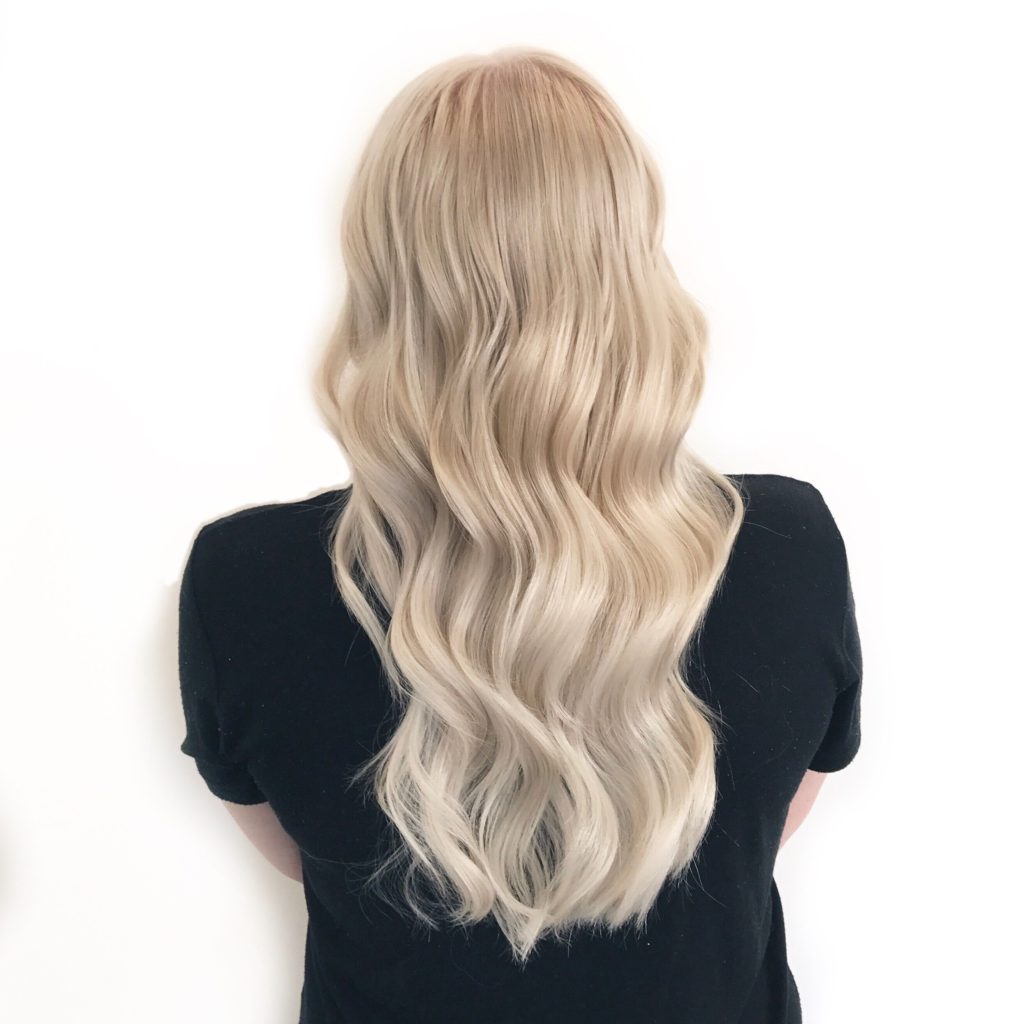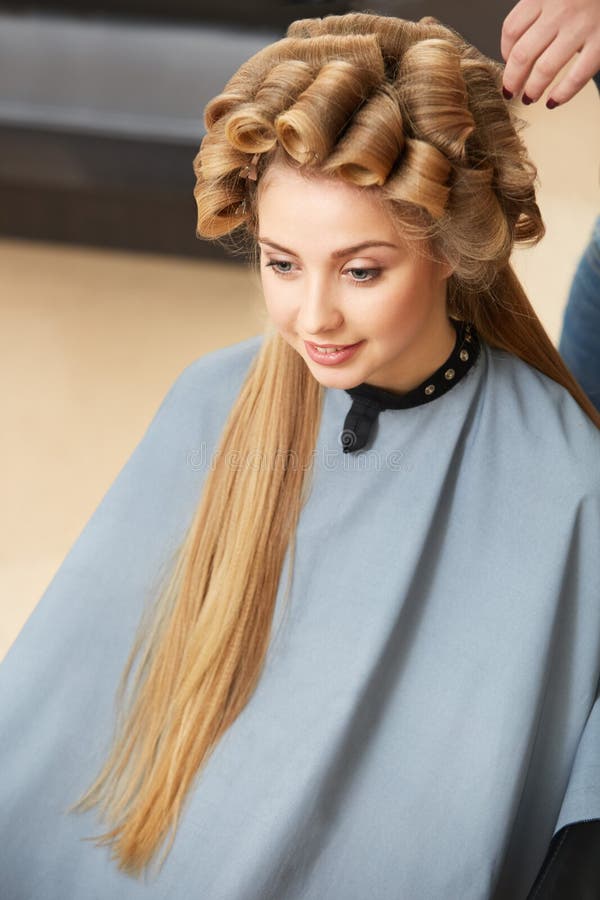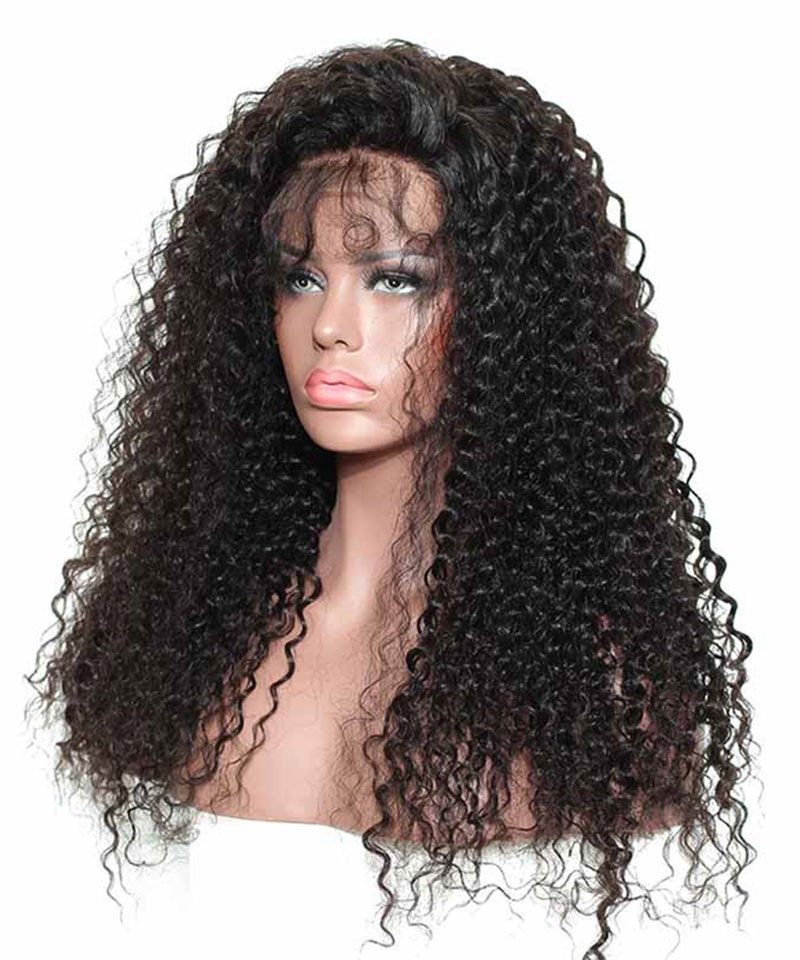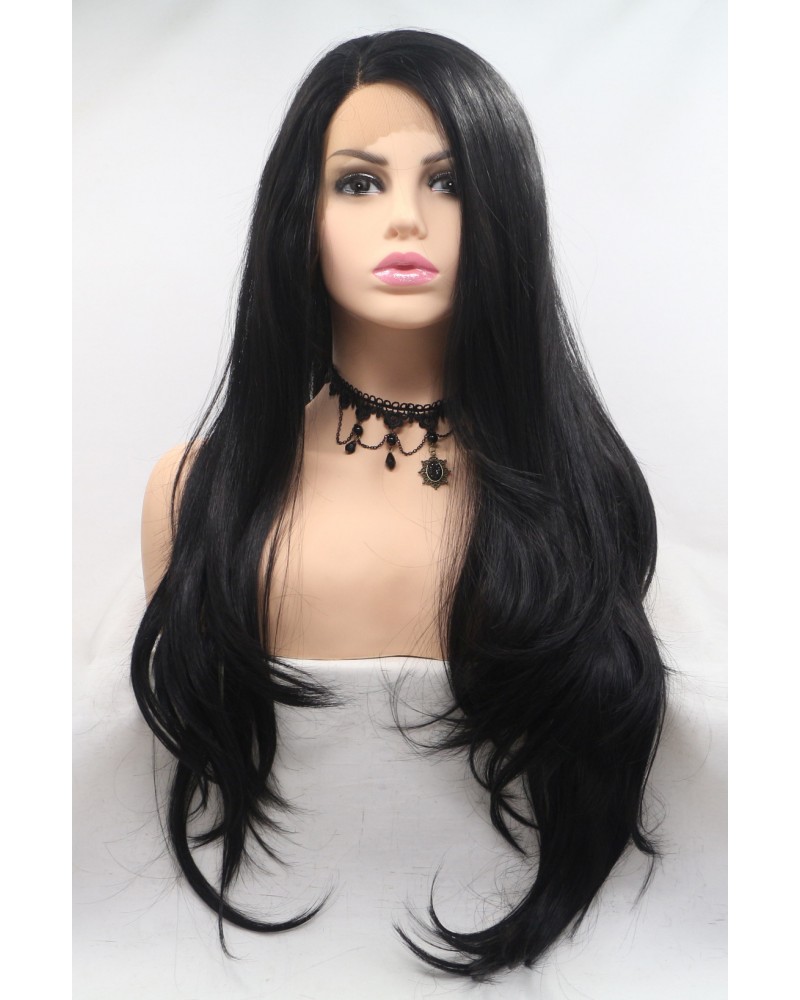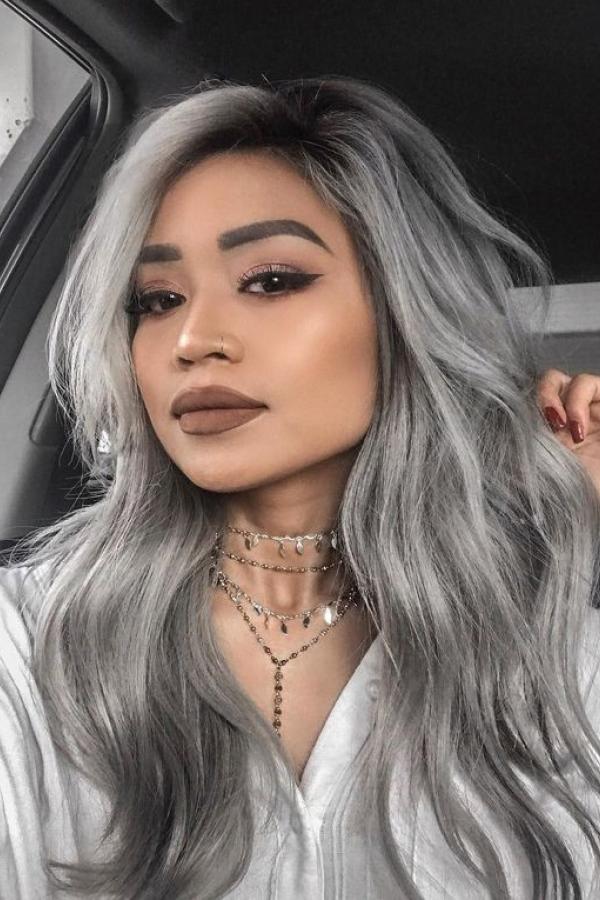Table Of Content
- The colorful history of hair color
- History of Cruelty: The Viking Age and Its Darkest Deeds
- Naturtint Permanent Hair Color 3N Dark Chestnut Brown (Packaging may vary)
- Naturtint Permanent Hair Color 6N Dark Blonde (Packaging may vary)
- The History of Sinhala and Similar Languages
- Naturtint Permanent Hair Color 7N Hazelnut Blonde (Packaging may vary)

While these methods allowed for more variety and experimentation, they were not without their challenges. The chemicals used could be harsh, leading to hair damage, skin irritation, and even health issues. Despite these risks, the desire for hair colour continued to grow, leading to the birth of modern hair dye during the Industrial Revolution.
The colorful history of hair color
Permanent Hair Color–Because it contains both ammonia and peroxide, permanent color allows dye to penetrate the cortex and break up the natural melanin. It fundamentally changes the hair, and cannot be washed out, although it can be subject to fading due to improper application, damage to the cuticle (also called over processing) and even exposure to sunlight. Of course, the popularity of home hair dyes has boomed with the COVID-19 pandemic closing hair salons all over the world.
History of Cruelty: The Viking Age and Its Darkest Deeds
This happy accident was eventually improved upon by a chemistry professor named August Wilhelm von Hofmann. He turned the mauve dye into a color-changing molecule called para-phenylenediamine, or PPD. More than 150 years later, PPD is still the basis for most hair color formulas used today.
Naturtint Permanent Hair Color 3N Dark Chestnut Brown (Packaging may vary)
Today, hair dye is more popular than ever, with people of all ages, genders, and backgrounds embracing the opportunity to express themselves through their hair colour. Digital tools and artificial intelligence have played a significant role in the development of new hair colour formulas and techniques. For example, researchers have used AI to develop customised hair dye shades based on an individual's unique hair type, skin tone, and colour preferences.
The resulting product was also easier to use than previous methods; you could mix it with water in a bowl instead of applying it directly from a jar or bottle onto your head (which could be messy). It’s all in the marketingFor the first few decades of the 20th century, the general public generally considered chemical hair colour unsafe, and most everyday women were afraid of commercial dye formulants. True, there were Hollywood starlets colouring and bleaching their hair, but the average respectable housewife wouldn’t dare, as initially the beauty practice was seen as something only vain women would do. Whether they offer “permanent” or “semi-permanent” dye jobs, hair colour services are big business, with hair colour ranking as the second-largest service in the hair industry (after haircuts, of course). That doesn’t even include the billions of dollars generated each year through the over-the-counter hair colour products that are available in stores across the country.
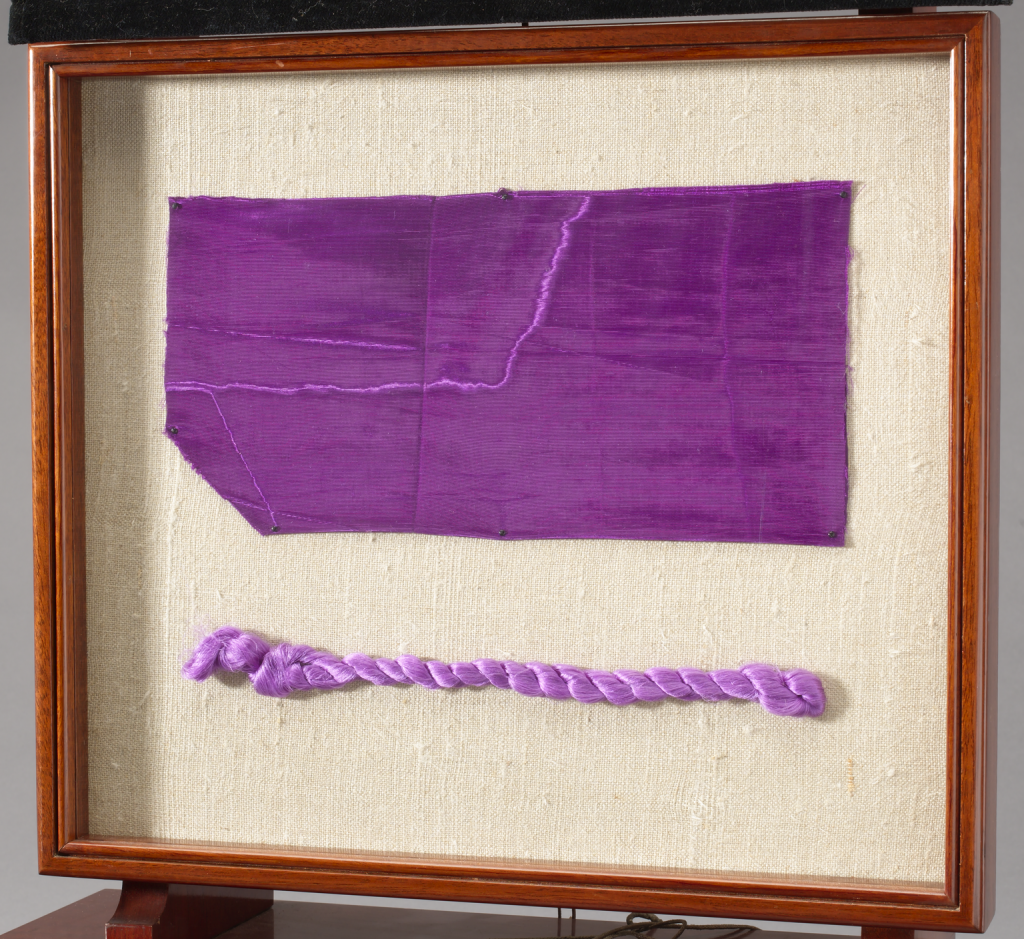
It struck me that there was no mention of the safety of hair-dye chemicals during any of the instructional classes I attended at the Energizing Summit. But it turned out that the student was being counselled on her wrist position, not the use of gloves. A panel of scientists evaluated the paper, deemed it scientifically credible, and recommended that the E.U. Hairdressers from around the U.S., all with stunning hair color and impeccably maintained roots, criss-cross the poorly lit basement of the Marriott Hotel at the Los Angeles airport. They’re here for two days of sessions dedicated to the science of dyeing hair.
Naturtint Permanent Hair Color 7N Hazelnut Blonde (Packaging may vary)
However, you may be shocked to learn that very few of these laws have been related to regulating cosmetics. In fact, after a very long drought in terms of laws passed, one of the most impactful laws was passed in October of 2018. This is when the FDA published a final rule to repeal approval for the use of lead acetate as a color additive in hair dye. While this is huge progress in terms of regulation, there are still many questionable ingredients on the market (including ammonia) that brands can still use in their products.
Dyeing a Short Beard: Tips, Tricks, and Best Dyes for a Perfect Look (
Blue hair dye became popular around 1914, just before World War I, as people began to experiment with more colorful and bold hairstyles. Amidst the Victorian period, hair dye experienced a surge in prevalence and utilization. This article will investigate the reasons why this trend grew, as well as its impact on society during that time. A few decades later, in 1950, New York chemist Lawrence Geld created a hair color that penetrated the hair shaft.
At the same time, gray hair was popular, bringing back hair powder to heighten the affect. For a time, silver nitrate was used to darken hair until overuse resulted in a purple color. It was this purple result that would eventually lead to the creation of the first synthetic hair dye. Until the early 1900s, hair coloring was made from a wide range of herbal and natural dyes.
Whatever your reason for colouring (or not colouring) your hair, one thing is undeniable.… It’s clear that the future of hair dye will be as colourful as its past. Delights for Ladies, a recipe book of household essentials published in the early 1600s, recommended using Oyle of Vitrioll to colour black hair to a chestnut shade. The book cautioned that users should avoid touching the skin with the product – sound advice given that today we know “Oyle of Vitrioll” as sulfuric acid.
Manic Panic Isn't Just a Hair Dye Brand: It Was the First Punk Store in America - Atlas Obscura
Manic Panic Isn't Just a Hair Dye Brand: It Was the First Punk Store in America.
Posted: Fri, 04 Nov 2016 07:00:00 GMT [source]
Hair has always been an integral part of self-expression, and for decades hair colour has been a key part of that outlet for self-expression and closely tied with fashion. A new hairstyle or a change of hair colour can help define who you are and what you aspire to be. It can play a significant role in your life, marking the beginning of a new phase or the ending of an old one. Or it could be as simple as colouring your hair because you want to match your favourite celebrity’s look.

In 1932, a chemist named Lawrence Gelb created the first permanent hair dye, Clairol. Lawrence Gelb advanced formulas in the 1930s, but the truly revolutionary discovery of single-process hair color came in 1950. That year, Clairol, the company Gelb founded with wife Jane Clair, introduced the first one-step hair dye product that actually lightened hair without bleaching it. Permanent hair color generally contains ammonia and must be mixed with a developer or oxidizing agent in order to permanently change hair color. Ammonia is used in permanent hair color to open the cuticle layer so that the developer and colorants together can penetrate into the cortex.[13] The developer, or oxidizing agent, comes in various volumes. The higher the developer volume, the higher the "lift" will be of a person's natural hair pigment.
Iron oxide has a reddish-brown color, like the tone seen in early cave paintings. Early humans decorated themselves by rubbing these mixtures into their hair and skin. When alcohol was added to the solution, it turned an intense shade of mauve.
Pubic hair dye pioneer bettybeautyinc snapped up by Fisk Industries - Cosmetics Business
Pubic hair dye pioneer bettybeautyinc snapped up by Fisk Industries.
Posted: Tue, 08 Nov 2022 08:00:00 GMT [source]
This genius repositioning gave the hair dye industry a new lease of life, causing sales to go from $25 million to $200 million when the ad was released in 1962. Interestingly, during the Roman Empire, prostitutes were required to have yellow or blonde hair to suggest sensuality and legally indicate their profession. Most prostitutes wore wigs, but some opted to use a mixture made from the ashes of burned plants or nuts to achieve the lighter hue.


